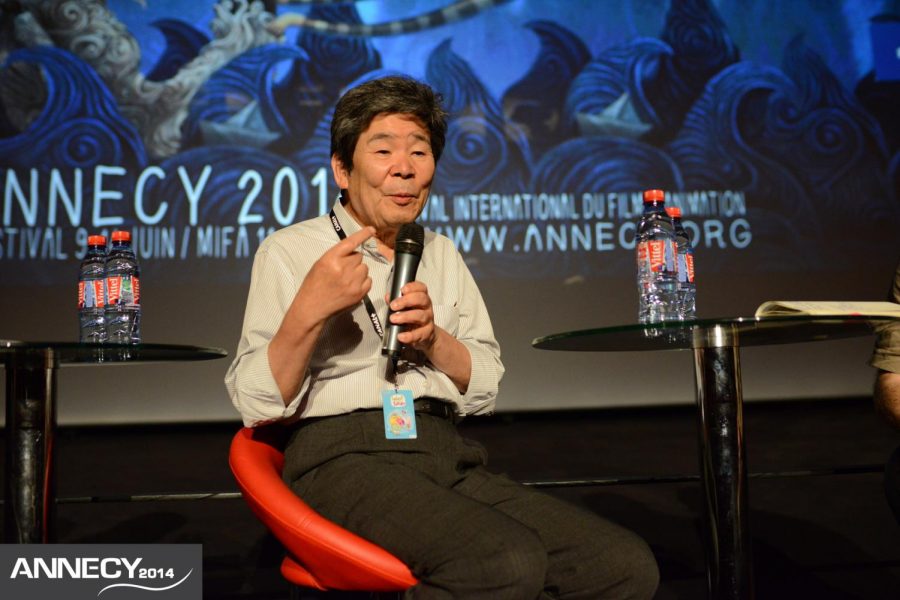Grave of the Fireflies: Isao Takhata’s masterpiece 30 years later
April 24, 2018
Japan, 1945.
The country is facing devastating poverty, death and destruction at the end of the worst war to plague the world. Two children are left orphaned during the fire-bombing of Kobe, Japan, during World War II and must deal with the difficult task of surviving in a war-torn country.
Almost exactly 30 years ago on April 15, 1988, the heartbreaking and historically accurate film “Grave of the Fireflies” was released by Oscar-nominated Japanese director, screenwriter and producer Isao Takhata.
Earlier this month on April 5, Takhata died at age 82 from lung cancer. In light of his death, it only feels right to highlight one of his most remarkable works.
Takhata was the founder of the world-famous animation studio, Studio Ghibli, which he founded with fellow filmmaker Hayao Miyazaki. Ghibli produced critically-acclaimed and sophisticated animation such as “Spirited Away” and “Howl’s Moving Castle.”
“Grave of the Fireflies” was Takhata’s most well-received work, and for good reason. The film contains a devastating plot about family, death and the loss of innocence, painting a grim picture of civilization at its worst.
The plot contains two main characters: Seita and Setsuko from the port city of Kobe, which would eventually be destroyed from repeated bombings by American forces. Seita, a teenage boy, is left to care for his younger sister Setsuko. The two must rely on each other for survival in the harsh reality of World War II Japan.
When their mother is killed in an air raid, the two must live with their aunt, who lacks any sense of empathy. After growing tired of scolding and abuse, the children then decide to live on their own, somewhere they can experience peace in their prospective final days.
As the story continues, shelter is hard to find, food grows scarce and air raids occur more frequently.
From the beginning of the film, it is no surprise how the story will end. Instead, the audience is to expect the worst while taking in everything the story has to offer, from the emotional conflicts to the painting-like animation.
In just 88 minutes, the audience is able to witness the two create incredibly strong bonds that will ultimately be shattered as the war comes to an end, a true and unpleasant aspect of human conflict and violence.
While still living with their aunt, she refuses to give the children any food, as food is scarce. The two are left to find their own food, but they appear happier than before relying on only each other. Finding food during this time is hard enough in itself, but Seita does all that he can to preserve the life and love within his younger sister, which lifts his own spirits in return.
Despite the depressing nature of the film, Seita and Setsuko are able to enjoy a few moments of peace. One of the most memorable scenes takes place in the children’s new shelter: a man-made cave in the side of a hill onlooking a body of water where the children live alone.
The children catch fireflies to illuminate their cave one night, filling the cave by the hundreds. The next morning, Setsuko buries every firefly explaining that they deserve a grave just like the one made for their mother.
This is one of the saddest movies I have ever seen. Nonetheless, it is an eye-opening look at the harsh reality caused by war. Not many movies about war strive to humanize the people behind the conflict, and Takhata is able to create a timeless, yet beautiful look at human struggle.




















